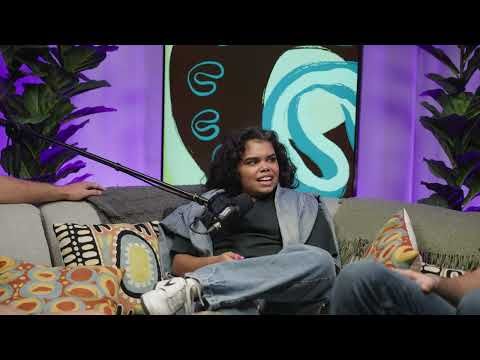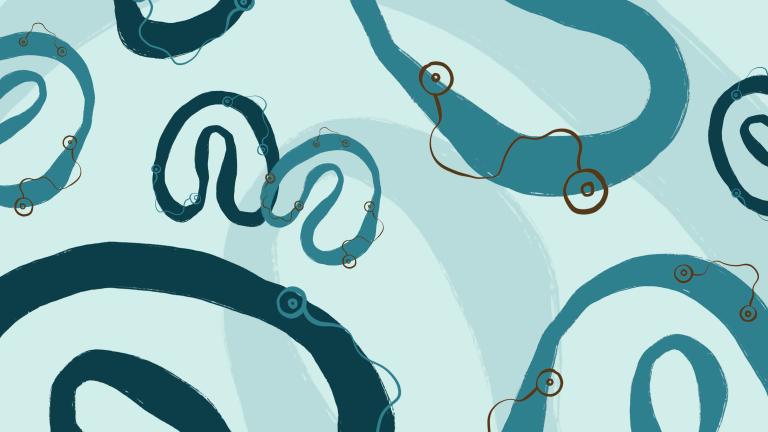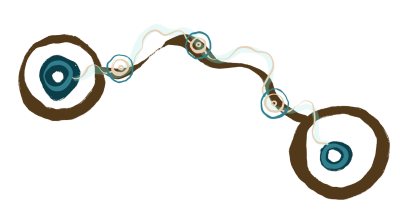Watch the vodcast
Check out the Real Lubly Vodcast to hear Bianca Hunt, Tom Forrest and Connor Watson answer your relationship questions and break down the signs of coercive control.

Real Lubly vodcast – Full episode

Real Lubly vodcast – Question one

Real Lubly vodcast – Question two

Real Lubly vodcast – Question three
Take the quiz
This quiz is designed to help you identify healthy behaviours in a relationship and recognise signs of coercive control.
Pick out the healthy behaviours from the options below.
A. There is mutual respect, understanding, and support.
B. There are moments of fun and happiness, but one person has to constantly check things with their partner, so they don’t get upset.
C. It's often tense, one person feels uneasy or scared about what they say and do and how their partner will react.
A. Each person has control of their own phone, privacy is respected in a relationship.
B. It’s okay for a person to ask to look through their partner's phone to check who they’re messaging or what apps they’re using.
C. It’s acceptable for a partner to monitor or control the other person’s phone, like deciding what apps they can use, deleting contacts or turning on location tracking in apps.
A. Each person listens to the other, and they find solutions together.
B. Arguments occur and they are resolved when one person gets their way.
C. Arguments don’t really get resolved and end in shame, threats, or insults to the other person.
A. Decisions are made together, considering each other's opinions and what feels comfortable for both people.
B. The person with the strongest opinions has a bigger say about what happens in the relationship.
C. It's acceptable for one person to make rules for the other and tell them what they can and can't do.
A. There shouldn’t be any reaction - both people can spend time with friends and family together and separately whenever they want.
B. It’s okay for a person to put pressure on their partner to spent time with them over friends and family because they are jealous.
C. One person can stop the other from spending time with friends and family.
If you answered A for all questions
You know what healthy behaviours should look like. These behaviours help keep a relationship strong.
Remember that relationships can change. Harmful behaviours can start at any time during a relationship. They can also start or continue after a relationship has ended.
It’s important to recognise harmful behaviours early and reach out to someone you trust or call 13 YARN for advice or support.
If you answered B or C for any questions
You might have trouble identifying harmful behaviours in a relationship. Some of these behaviours might even be warning signs of coercive control.
Harmful behaviours can start or continue after a relationship has ended.
If you notice any of these behaviours, it’s important to reach out to someone your trust or call 13 YARN for support.
Coercive control laws
From July 2024, there are new laws about coercive control in NSW. Learn more about the new coercive control laws.
Artwork on this page by Lakkari Pitt
Lakkari Pitt is a proud Gamilaroi Ularoi yinarr from Walgett, New South Wales.
Lakkari's art is a take on the knowledge that her Elders and significant people in her life have passed down throughout generations.
Lakkari's art explores the movement, essence and stories of Country.

Lakkari Pitt
Elders and our culture
Symbolising the beauty of our culture and the knowledge that out old people have passed down.

Lakkari Pitt
Journey lines
Symbolising healthy connections.

Lakkari Pitt
Mutual respect
Two people symbolising mutual respect in a relationship.

Lakkari Pitt
Connection
Many people pictured, symbolising our kinship systems.


